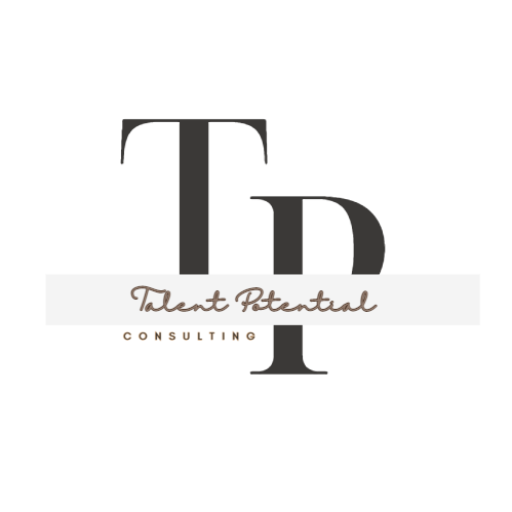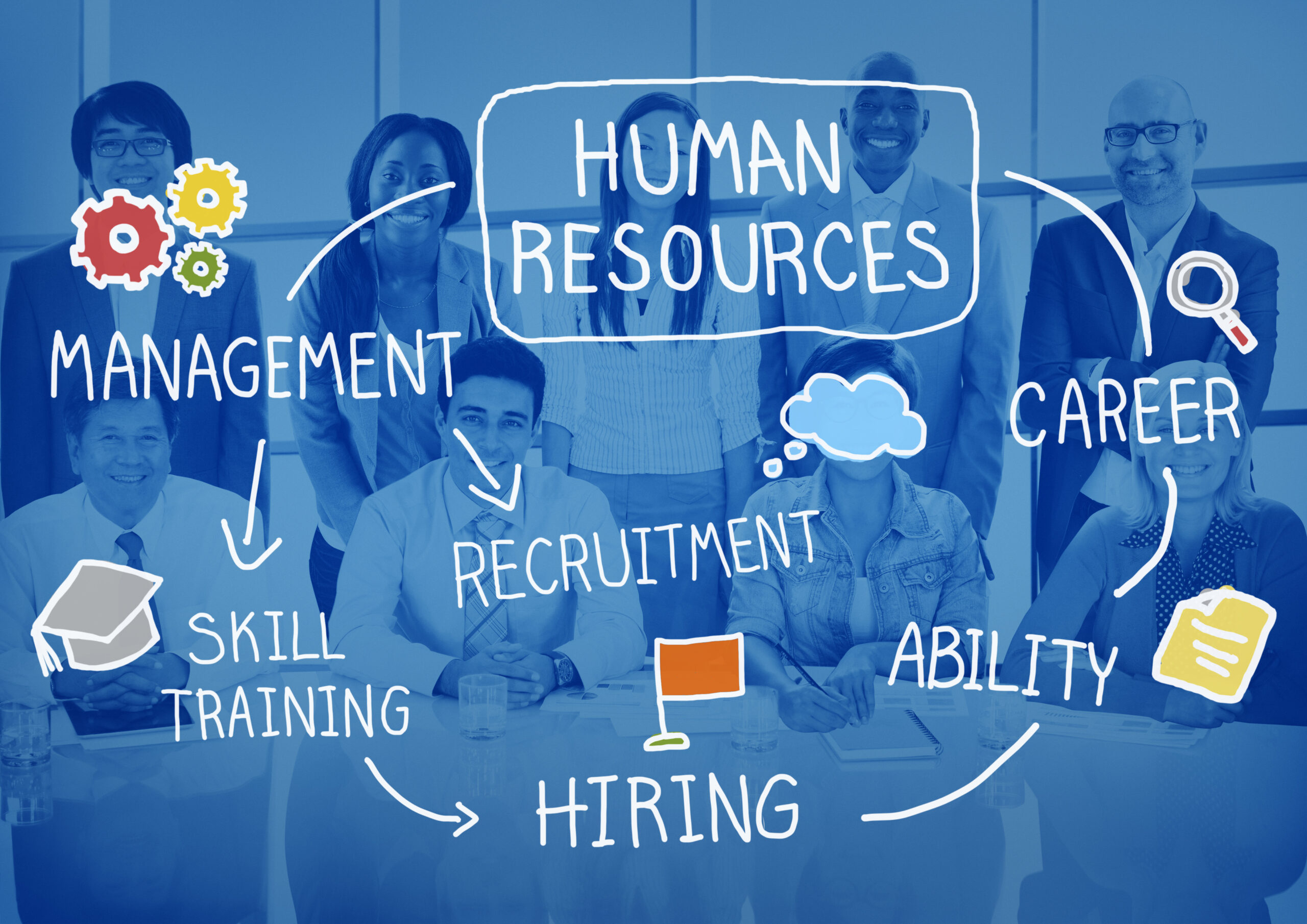AI in HR: Balancing Innovation with Integrity in Modern Hiring
HR has never been anyone’s idea of a fast-moving department. Mountains of resumes, endless scheduling emails, and the dreaded “we’ll get back to you” follow-ups have been the norm for decades. But here’s where things get interesting: artificial intelligence is flipping that script entirely. Today’s HR teams are deploying AI tools that can screen hundreds of candidates in minutes, schedule interviews without the back-and-forth email torture, and spot patterns in hiring data that would take humans weeks to notice. It’s genuinely impressive stuff. Companies are slashing their time-to-hire metrics and finding better-fit candidates faster than ever before. But—and this is a big but—there’s a catch. Actually, several catches. The AI Revolution in Recruiting: What’s Actually Happening Recruitment’s always been this weird mix of data and gut instinct. You look at the numbers, sure, but there’s always been that intangible “does this person fit?” question lurking in the background. The problem is, when applications pile up faster than you can read them, even the sharpest instincts won’t save you. AI stepped in to handle the grunt work. Not replace judgment—just stop us from drowning in it. The big shifts are happening in three places: Resume screening used to mean some poor recruiter spending hours scanning applications for keywords and experience markers. Now AI tools blast through thousands before you finish your morning standup. They’re not just playing keyword bingo anymore either. These systems understand context, spot skills that transfer between industries, even predict success rates based on historical patterns. A process that used to eat three days now wraps up before lunch. Interview scheduling deserves its own paragraph because anyone who’s coordinated interviews knows it’s basically hell. You’re trying to sync calendars across candidates, hiring managers, panel members—it’s like herding cats who all have conflicting Outlook invites. GoodTime and similar tools just… fixed it. They match interviewers to candidates automatically, handle the calendar tetris, eliminate those 17-email chains where everyone’s trying to find a slot that works. Game changer. Analytics might be the sneaky MVP here. Most HR teams used to operate on vibes and rough estimates. “I think we’re getting good candidates?” or “Hiring seems slow lately?” Now they’ve got actual numbers. Conversion rates at every stage. Drop-off points. Demographic breakdowns showing who’s making it through and who isn’t. You can finally see what’s broken instead of just sensing something’s off. The Audit Imperative: Trust, But Verify So what do you do about it? You audit. Regularly. Think of it like taking your car in for maintenance—you wouldn’t just drive it into the ground and hope for the best. Good audits work in layers. Start with the training data. What patterns are already cooked into the system? Are certain groups over or underrepresented? Then you dig into how the algorithm actually makes decisions. Which factors count most? Are there sneaky proxy variables that basically correlate with things like race or gender without explicitly using them? Finally, you look at outcomes across different demographic groups. Is one population consistently advancing while another gets filtered out more often? This can’t be a once-and-done thing, either. Your company changes. Your hiring needs to shift. The candidate pool evolves. Your AI needs to be monitored and tweaked constantly. The smarter teams are also pulling in employee feedback about whether the process feels fair, creating these feedback loops that catch problems the numbers might miss. The Human Touch: Why We Can’t Automate Everything This brings us to the most important principle: AI should assist human decision-making, not replace it entirely. The best-performing HR teams use AI to handle the heavy lifting—the initial screening, the data crunching, the scheduling logistics—but keep humans firmly in the driver’s seat for final decisions. Why? Because hiring is ultimately about judgment calls that require empathy, context, and nuance. Things AI simply can’t provide, at least not yet. Human oversight means reviewing AI recommendations with a critical eye. It means having real conversations with candidates instead of letting scores tell the whole story. It means being able to spot when someone’s resume doesn’t fully capture their potential or when a nontraditional background might actually be a huge asset. There’s also growing interest in Explainable AI (XAI) principles—systems designed to show their work, essentially. When an AI makes a recommendation, these tools can point to specific factors that influenced the decision, making the process more transparent and allowing humans to spot potential problems before they snowball. The Bottom Line AI in HR isn’t going anywhere. The efficiency gains are too significant, and competitive pressure means companies that don’t adapt will fall behind. But rushing headlong into automation without addressing the ethical implications is a recipe for disaster—legal trouble, bad hires, damaged employer brand, and perpetuation of the very inequalities we’re supposedly trying to fix. The sweet spot? Embracing AI’s capabilities while maintaining human judgment, conducting regular bias audits, prioritizing transparency, and never losing sight of the fact that hiring is fundamentally about people. When we get that balance right, AI becomes a powerful tool for building better, more drives work faster. FAQ: Your AI Hiring Questions Answered Q: How does AI actually screen resumes differently than keyword matching? Modern AI screening goes way beyond simple keyword searches that old applicant tracking systems used. These tools analyze context, assess skill progression throughout career histories, evaluate how experiences align with role requirements, and even gauge communication quality in applications. They’re looking at patterns across successful hires to predict candidate fit. However, this sophistication also means bias can creep in through subtle patterns rather than obvious discrimination, making oversight essential for fair outcomes. Q: Should we tell candidates when AI is involved in hiring decisions? Absolutely yes, and increasingly it’s becoming legally required in various jurisdictions. Transparency builds trust and respect with candidates while protecting your organization from compliance issues down the road. Explain clearly which parts of the process involve AI assistance, what data you’re collecting, and how candidates can request human review of AI decisions. Most applicants don’t mind AI tools if







